I went into Anno 117: Pax Romana as a total newcomer to the Anno series. I have spent the last few years dipping my toes into building sims through games like Civilization, Jurassic World Evolution and Two Point Museum, so I felt ready to try something with a different flavor. When Ubisoft announced a full city builder set during the height of the Roman Empire, I was curious. When the footage started showing sprawling settlements, busy trade routes and huge stretches of coastline, I was all in. I wanted to see what Ubisoft could pull off with this setting, and how it might stand apart from the usual modern or futuristic takes on the genre. After spending a good amount of time with the PS5 version, I found myself pleasantly surprised by how much depth, personality and pressure sits under its peaceful first impression.
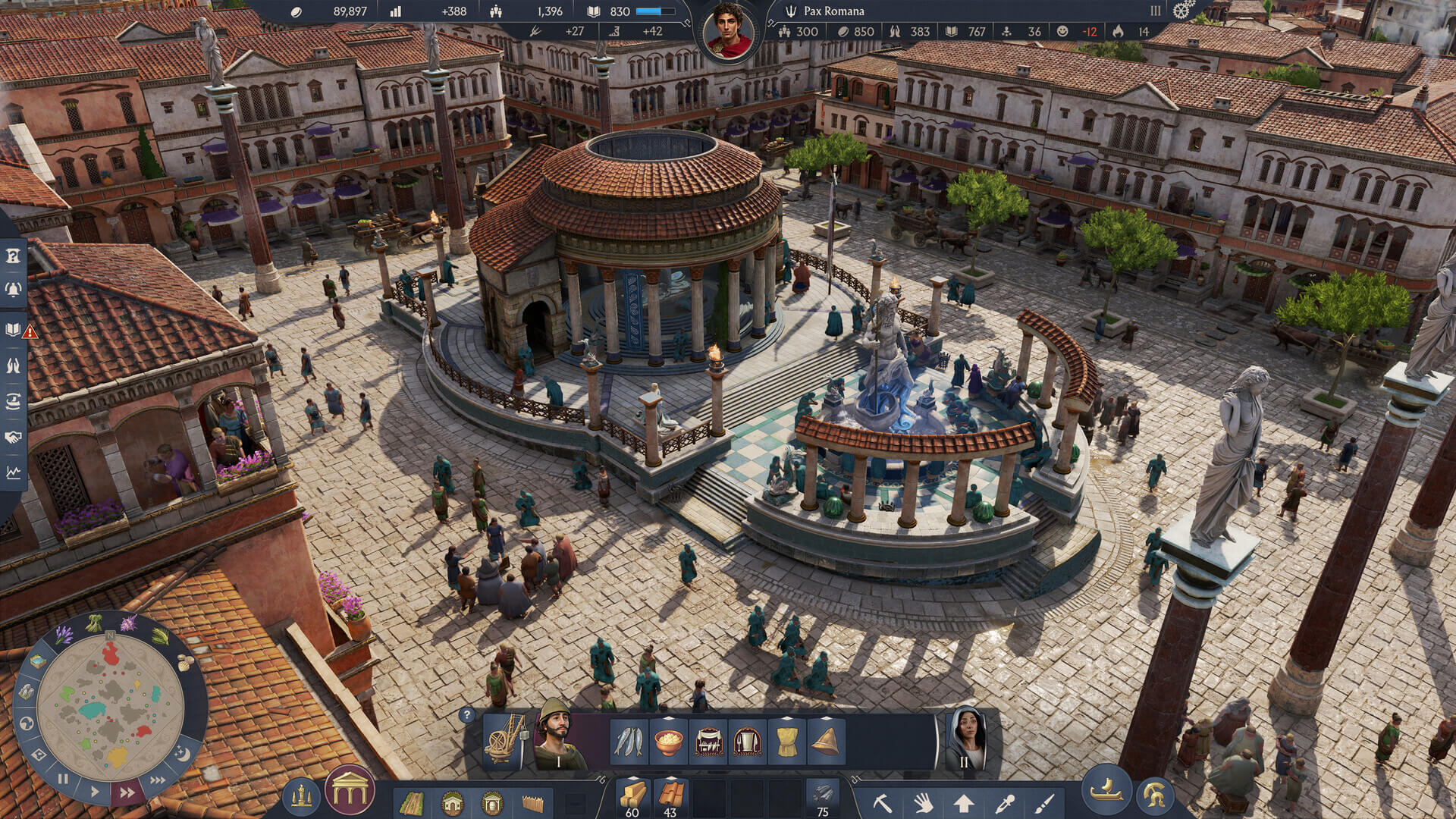
Anno 117 places you in a familiar but still refreshing time period. Roman history is popular in games, but rarely in the vein of methodical city building. Here, the time period does more than decorate the world. Roman culture, social structure and engineering shape the entire way you play. The earliest hours feel grounded in the basics, clear land, set foundations, get your people fed and sheltered. Yet the more I played, the more I felt the influence of Roman ideals filter into my decision making. Roads matter not only for aesthetics but for function and efficiency. Citizens expect structure in the same way ancient Roman society did, with clear distinctions between classes and the needs tied to each. What begins as a simple settlement slowly takes on the logic of a Roman colony, with everything guided by supply, order and pride.
Supply chains are the heart of Anno 117. At first, they feel easy enough to understand. Wheat goes here, bricks go there, and people stay happy as long as you keep those loops consistent. Soon the game reveals that these loops are just the surface. Every item you produce feeds into something else, which then feeds into another layer of development. One trade route might keep farms stocked, another might support craftsmen, another might keep your growing military supplied. I learned the hard way that a single weak link can cascade into trouble and delays for others. If your people lose a key resource, their productivity drops. If productivity drops, trade routes slow. If trade routes slow, your expansion falls apart. It becomes a living puzzle, and solving it feels rewarding.
The game’s campaign sets this up with a clever premise. You arrive in a region shattered by a volcanic eruption. Everything is in ruin. The land is unstable, and your task is to rebuild it piece by piece. It creates a natural sense of progression. The land starts bare, so the small steps matter. Build homes. Build fields. Build workshops. As new chapters unfold, the game steadily adds more systems to your toolbox. I will say the pacing early on leans slow. There were stretches where I felt I was waiting for the next mechanic to unlock rather than actively learning by doing. But once the game hits its stride, the slow start shows its purpose. It taught me the concepts I needed so that the later challenges felt earned and understood. By the time political allegiances and corruption entered the story, I felt prepared for that higher level of pressure.
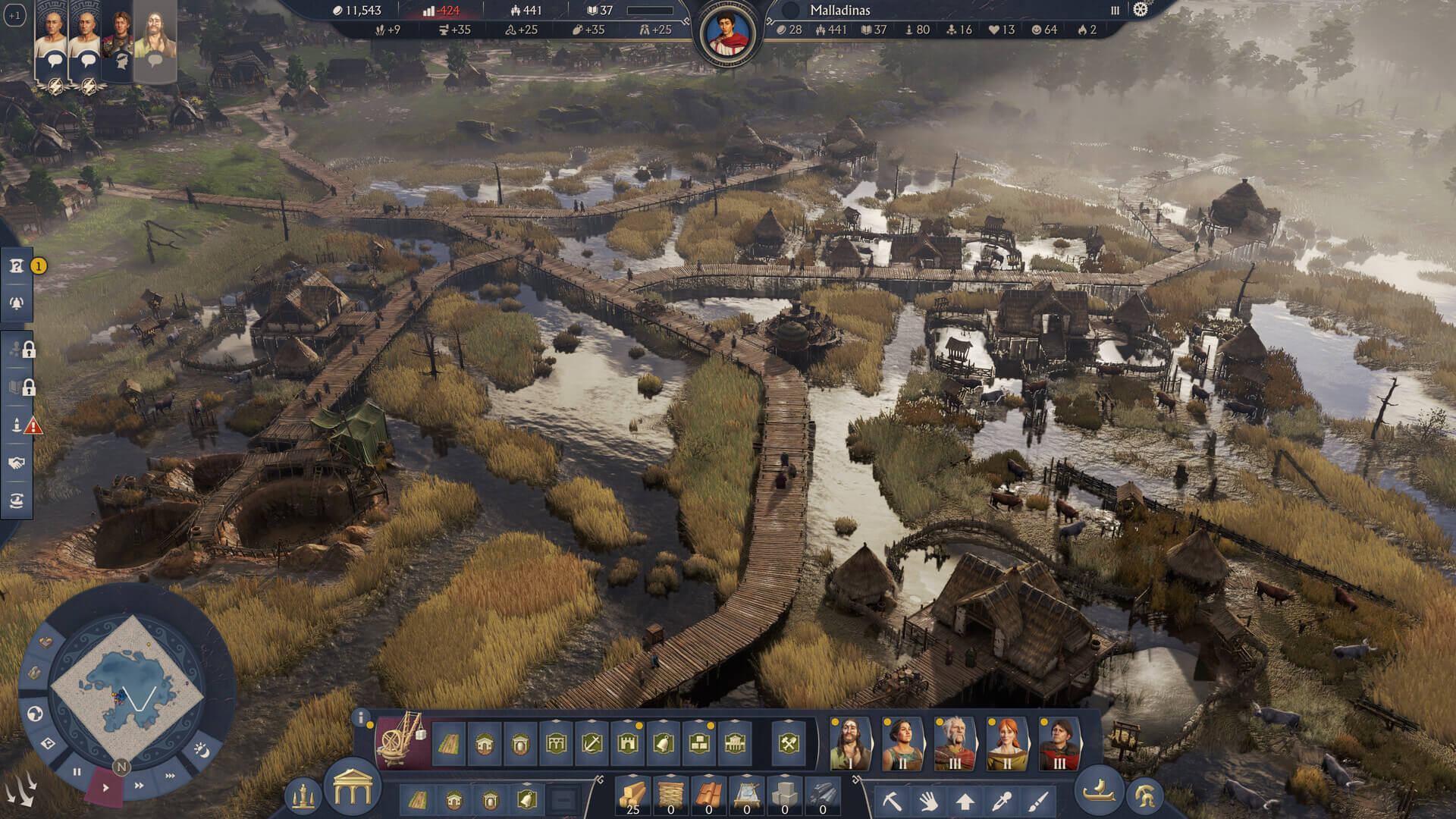
Rome was not only an engine of trade but also a machine of politics. Anno 117 brings this layer into the campaign in a way that adds stakes without overwhelming the core building gameplay. Rival factions test your diplomacy. Corruption can disrupt your resources. Your decisions may influence relationships with nearby territories. These moments give the campaign a stronger sense of identity. You are not just managing a town. You are shaping a province with real power and influence, and your role in the empire shifts as your city grows.
Progression in Anno 117 flows through social tiers, supply chains and city milestones. As your people rise in status, their needs change. Farmers are happy with food and shelter. Citizens of higher standing expect entertainment, luxury goods and access to government services. Meeting those needs pushes you to expand your industry, negotiate new trade routes and plan your layouts more carefully. It is a classic building loop that feels fresh because of how much each new structure ties into the rest. Every upgrade has weight.
Once I understood the full depth of these systems, the sandbox mode became my favorite part of the game. Without the gentle restrictions or pacing of the campaign, every tool becomes available for experimentation. Want to build a coastal city focused entirely on naval trade. Go for it. Want to craft an inland empire built around farming and industry. Easy to try. Sandbox lets the mechanics breathe. It highlights the beauty in the game’s complexity and gives room to create something that feels uniquely yours. The flexibility of this mode gives it long legs. It is the place where most players, myself included, will spend the most time.
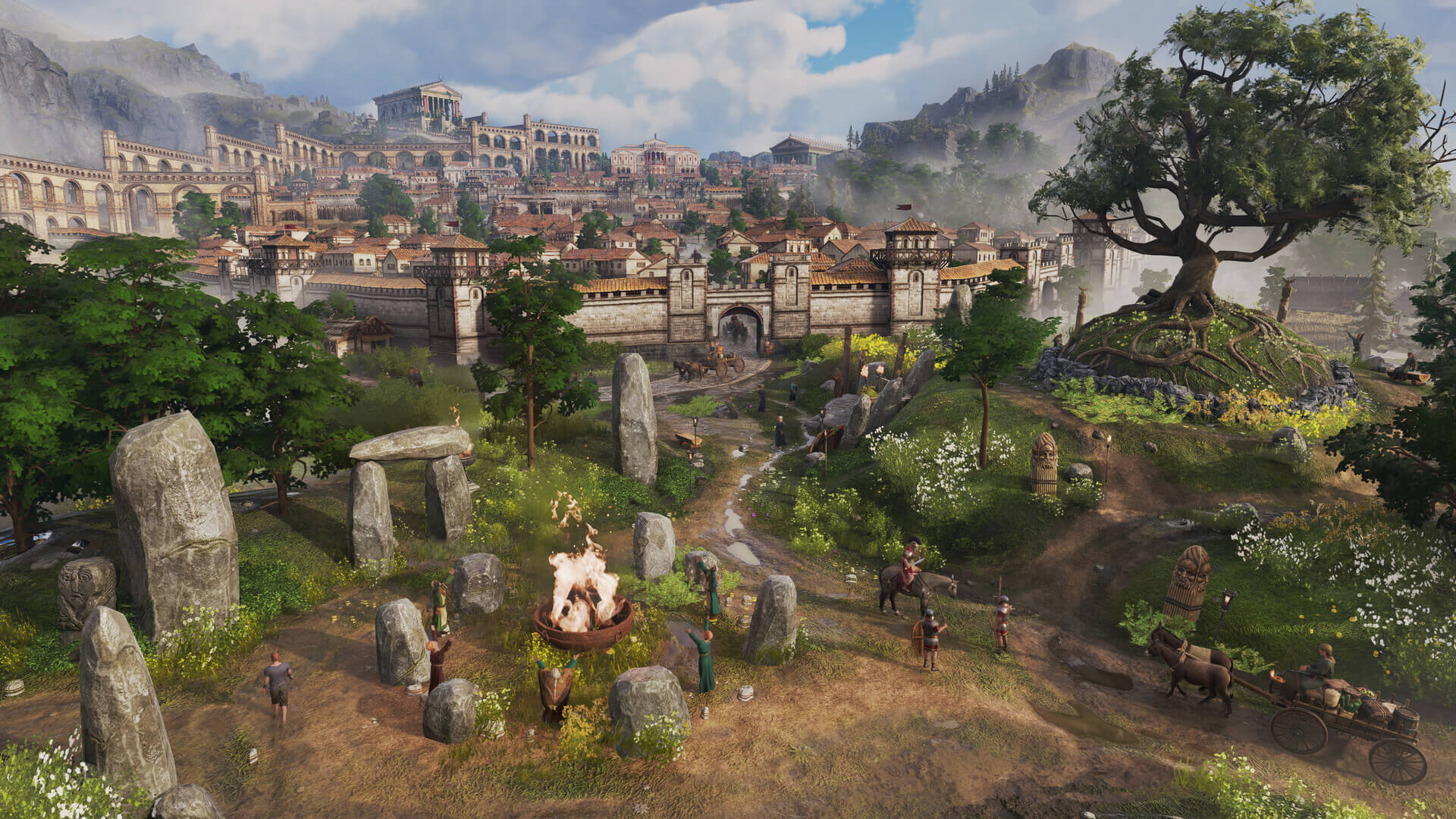
The early time period sets Anno 117 apart from other entries in the series. The world feels raw and formative. You see how everything begins, from rough settlements to organized colonies. It gives a strong sense of growth. Watching your creation shift from a handful of workers in a clearing to a buzzing city feels incredible. Every trade route you lay down hums with activity. Every district holds its own rhythm. Your people wander, converse and work with believable routines. Each class adds character. Lower class workers bring life to the fields and workshops, while wealthy citizens fill the forums and villas. The city never feels static. It feels inhabited.
Combat is not the focus of Anno 117, but it does matter. Eventually you have to build armies to defend your land. On land, units clash in small but important battles. At sea, fleet management becomes key. Naval combat offers a nice change of pace and ties naturally into the heavy focus on trade routes. If you let pirates or hostile forces disrupt your ships, your economy suffers. Conflict never overshadows the building loop, but it adds enough tension to keep you alert.
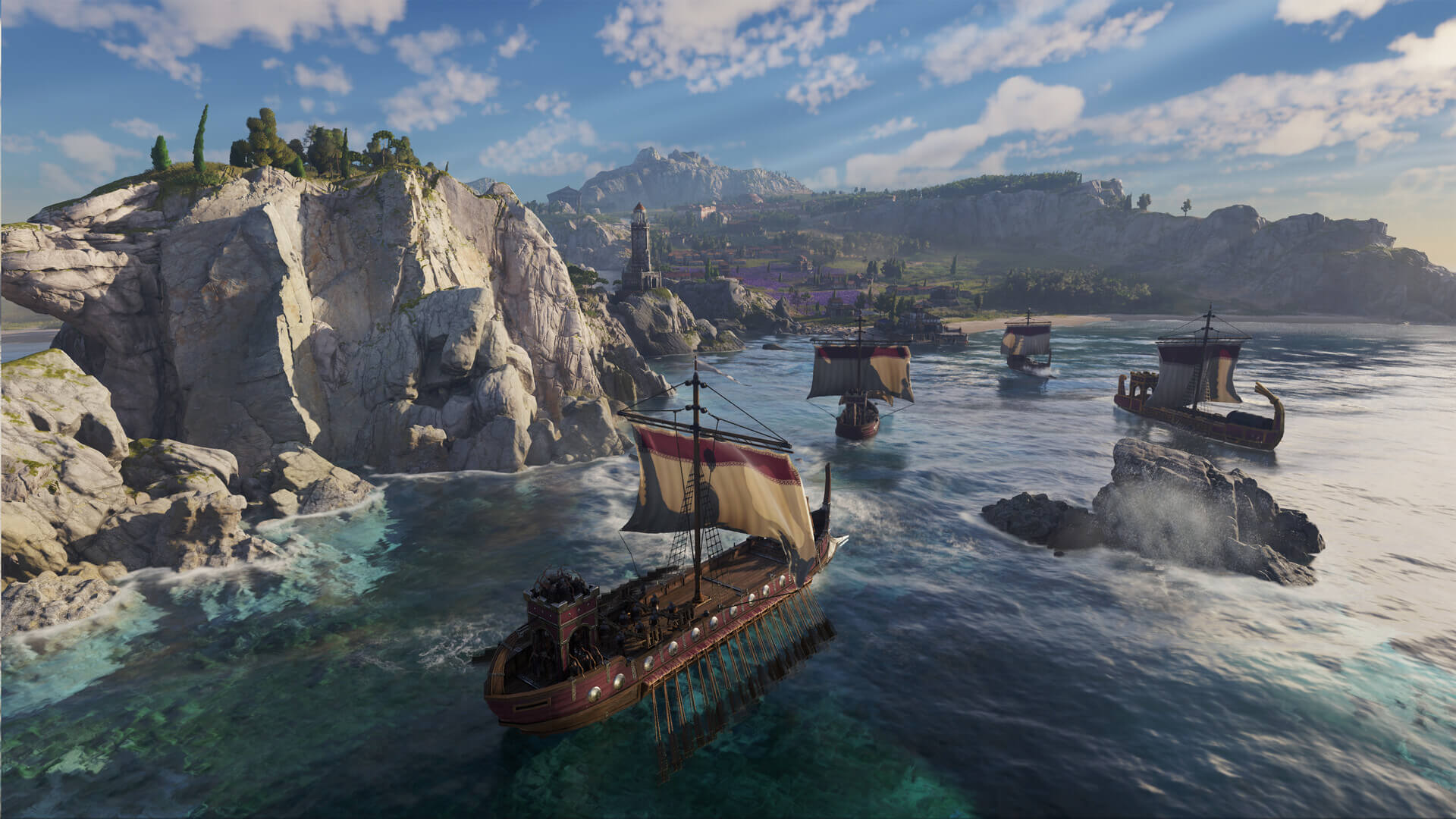
Visually, the game looks great on PS5. The details shine in small places. The stonework on buildings looks authentic, market stalls feel lively, and the reflection of sunlight on the water is gorgeous. Weather effects add mood. Rain rolls in and colors the streets. Dawn pulls soft light across rooftops. The character models are surprisingly polished and add personality as they go about their daily routine. Even zoomed in, the quality holds up.
Performance on PS5 was solid overall. My cities grew huge and the game held steady. I ran into small framerate dips when loading new areas or switching perspectives quickly, but nothing that hurt the experience. For a game juggling so many moving parts, it was a smooth ride.
The sound design adds another layer of satisfaction. Every completed structure, every finished shipment and every productive workshop has a distinct sound that lands in a pleasing way. The soundtrack builds the atmosphere with calm and confident melodies that suit the Roman setting. It sits in the background and gently guides the pace without drawing too much attention.
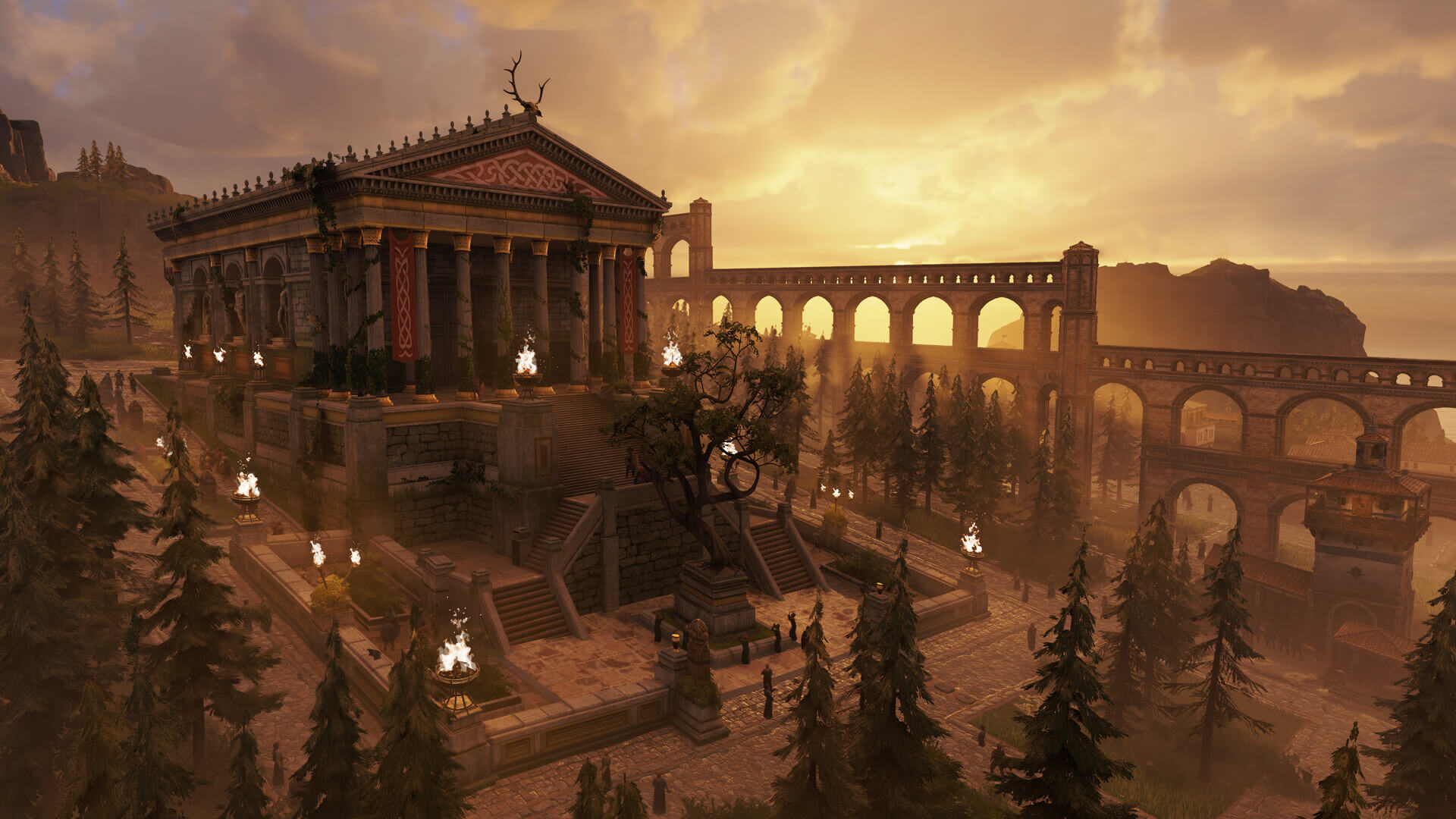
If the game has any shortcomings, they come from its early pacing and occasional stiffness in tutorials. Some steps take longer than needed to unlock and certain concepts could be explained a bit more clearly, which is also not helped by the game’s dense UI. Newcomers may feel overwhelmed once the campaign shifts from simple tasks to juggling several systems at once. I adapted over time, but a bit more guidance would have helped smooth out the learning curve.
Despite these minor issues, Anno 117: Pax Romana won me over. It is deep, flexible and rewarding. It gives you the space to build something that feels alive. The Roman setting adds texture and history to every choice. The campaign teaches the basics well, even if slowly, and the sandbox mode shows the full potential of the game’s design. Watching a city grow from ash and ruin into a thriving province was incredibly satisfying.
If you love building sims or want something with more strategy than the usual management games, Anno 117 is worth your time. For me, it was a great introduction to the series and a smooth step into a more complex style of city building. It challenged me, taught me and kept me coming back. I am glad I gave it a chance.
A PS5 review code was provided by Ubisoft for the purpose of this review.
If you want to see more content like this and never miss one of our frequent gaming and anime giveaways come and Follow Ani-Game on Twitter.
8.5
- + Fun and satisfying gameplay loop of building and development
- + Deep set of system that come together to encourage creation. Especially in sandbox mode
- + Visuals, lighting and character models look great
- + Complementing soundtrack
- - Pacing is a little slow in the early hours while you’re learning everything
- - UI has a learning curve to discover what everything does














